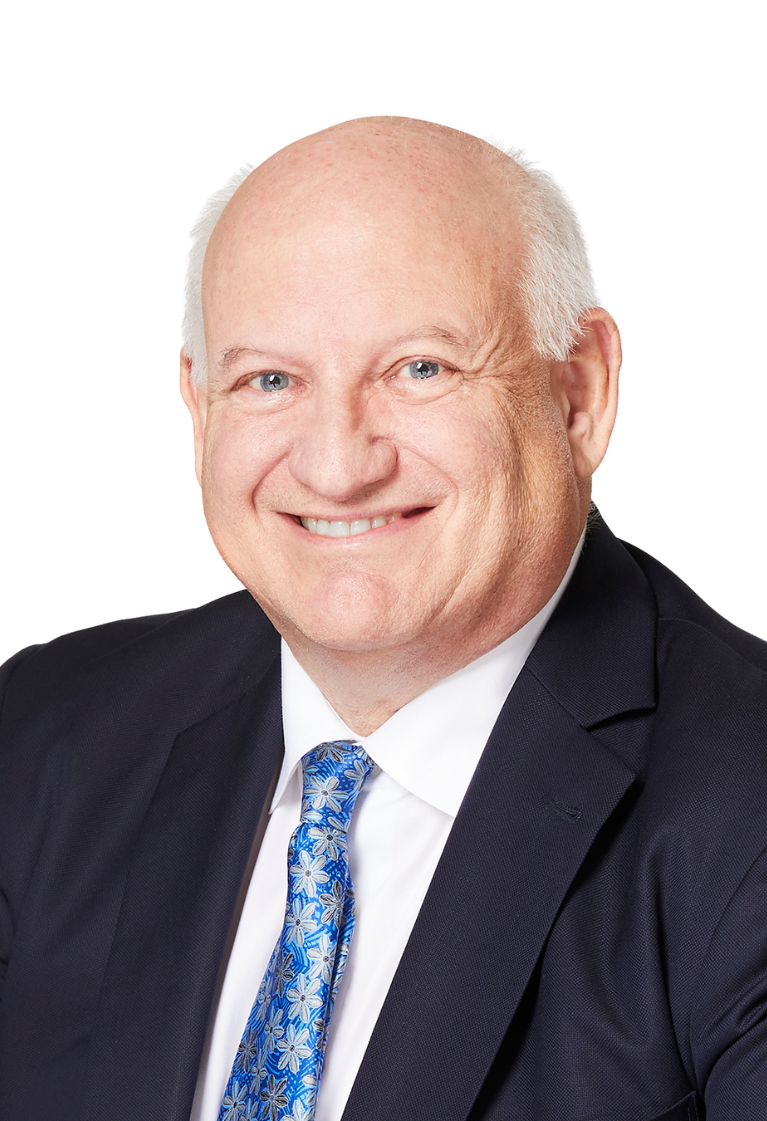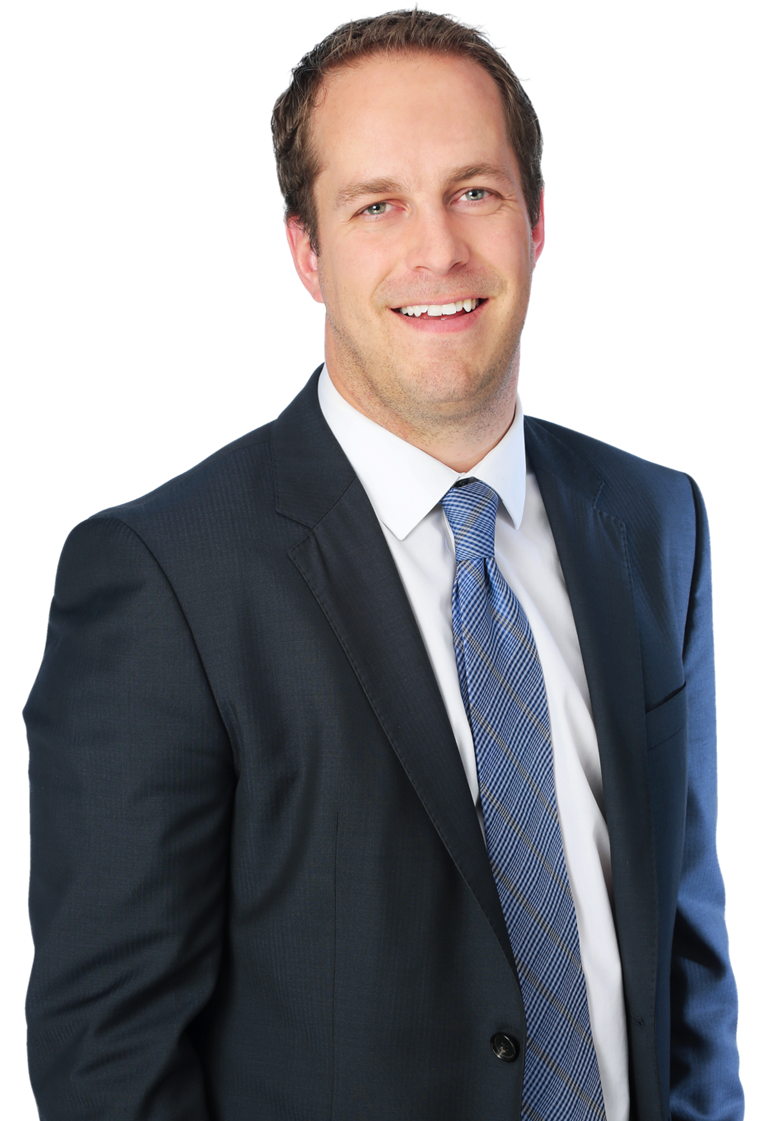The right to determine what may be done to one's own body, and to be free from non-consensual medical treatment, is a right deeply entrenched in our common-law.[1] But, generally, parents do not have the right to deny their children necessary medical treatment.[2] In the recent decision of Hamilton Health Sciences Corp v DH,[3] Edward J. held it was an aboriginal parent's constitutional right, as a substitute decision maker, to decide to have his or her child treated by traditional medicine, instead of conventional medical treatment, even if doing so might result in the child dying of a curable condition.
In Hamilton Health Sciences, the hospital brought an Application under the Child and Family Services Act,[4] against the Children's Aid Society (“CAS”). The subject of the Application was an 11-year old aboriginal girl, JJ, from The Six Nations of the Grand River. JJ was diagnosed with a form of cancer that, if treated with chemotherapy, had a 90 to 95% cure rate. Without the chemotherapy treatment JJ was certain to die. JJ's mother, DH, decided to discontinue the chemotherapy treatment and to pursue traditional medicine instead. DH had a strong faith in her native culture and she believed that discontinuing chemotherapy and pursuing traditional medicine would help heal JJ. The hospital determined that JJ was not capable of giving informed consent to administration of chemotherapy or its discontinuance, and did not agree with DH's decision.
The hospital's position was that DH's decision to withdraw JJ from chemotherapy (as her substitute decision maker) made JJ a child in need of protection, as defined by the Child and Family Services Act, and, as a result, it requested the CAS to intervene. When the CAS declined to do so, the hospital brought an Application requesting an order compelling the CAS to bring JJ back to the hospital. When the Application was first before the court, Edward J. ordered that both JJ's parents and The Six Nations Band (“the Band”) be added as parties. The two main issues to be decided in the hospital's Application were:
- Whether DH's decision to discontinue treatment was a child protection issue properly before the court; and
- Whether JJ was a child in need of protection.
Decision to discontinue treatment was a child protection issue properly before the court
Justice Edward held that the hospital's team was correct in concluding that JJ lacked capacity to consent to or withdraw from the chemotherapy treatment. However, counsel for the CAS argued that the Consent and Capacity Board should determine whether DH's decision to withdraw JJ from treatment was an appropriate course of treatment for a substitute decision maker to make. In response to this argument, the hospital's position was that DH's decision was a child protection issue properly adjudicated before the court.
Justice Edward agreed with the hospital. Two of the cases relied upon by His Honour to support this conclusion were cases where children required blood transfusions but their parents would not consent because, as Jehovah Witnesses, authorizing such a treatment would break an important tenant of their faith. Both judges in these cases determined that the court has jurisdiction to determine whether a parent's refusal to consent to medical treatment for his or her child makes that child one in need of protection.
JJ was not a child in need of protection
The Band argued that DH's decision, as JJ's substitute decision maker, to pursue traditional medicine was her aboriginal right protected by section 35(1) of the Constitution Act, 1982.[5] The hospital's position was that DH's decision to discontinue chemotherapy for JJ made her a child in need of protection. Justice Edward ultimately agreed with the Band and, as a result, held that JJ was not a child in need of protection. Justice Edward concluded that it was DH's constitutionally protected right to pursue traditional medicine and that “such a right cannot be qualified as a right only if it is proven to work by employing the western medical paradigm.”[6]
This result is unique in comparison to a parent who chooses medical treatment in accordance with his or her religion (e.g., a Jehovah Witness who does not give consent for a blood transfusion for his or her child). The right of a parent to choose medical treatment for his or her child in accordance with his or her religion is a right guaranteed by section 2(a) of the Charter of Rights and Freedoms.[7] However, infringement of a Charter right may be justified under section 1 of the Charter. In comparison, section 35 of the Constitution Act, 1982 is outside the Charter and, therefore, aboriginal rights under section 35 cannot be qualified by section 1 of the Charter.
Only time will tell if this decision will stand. In the meantime, this decision is important as it adds new considerations for health care practitioners and child protection workers when they are determining whether a parent's decision to not provide consent for medical treatment for a child makes that child one in need of protection.
This decision, the parties, and the treatment facility purportedly attended by JJ have received considerable attention from media sources.[8]
[1] See e.g. Malette v Shulman, 72 OR (2d) 417 (CA).
[2] See Children's Aid Society of Toronto v MIL, 2008 ONCJ 528 (QL) at para 21.
[3] 2014 ONCJ 603 [Hamilton Health Sciences].
[4] RSO 1990, c C-11.
[5] Being Schedule B to the Canada Act 1982 (UK), 1982, c 11 [Constitution Act].
[6] Hamilton Health Sciences, supra note 3, at para 81 (Justice Edward found that traditional medicine formed an integral element of The Six Nations' culture and that this practice arose during pre-contact times; however, His Honour did not define what constitutes “traditional medicine”).
[7] Part 1 of the Constitution Act, 1982, being Schedule B to the Canada Act 1982 (UK) [Charter]; See RB v Children's Aid Society of Metropolitan Toronto, [1995] 1 SCR 325.
[8] See e.g. Marnie Luke and Connie Walker, “Florida spa that treated First Nations girls with cancer faces lawsuits from ex-staff” CBC News (11 December 2014), online: CBC News; See also Kelly Grant, “Ontario Hospital cannot force chemo on 11 year-old native girl, court rules” The Globe and Mail (14 November 2014), online: The Globe and Mail .

